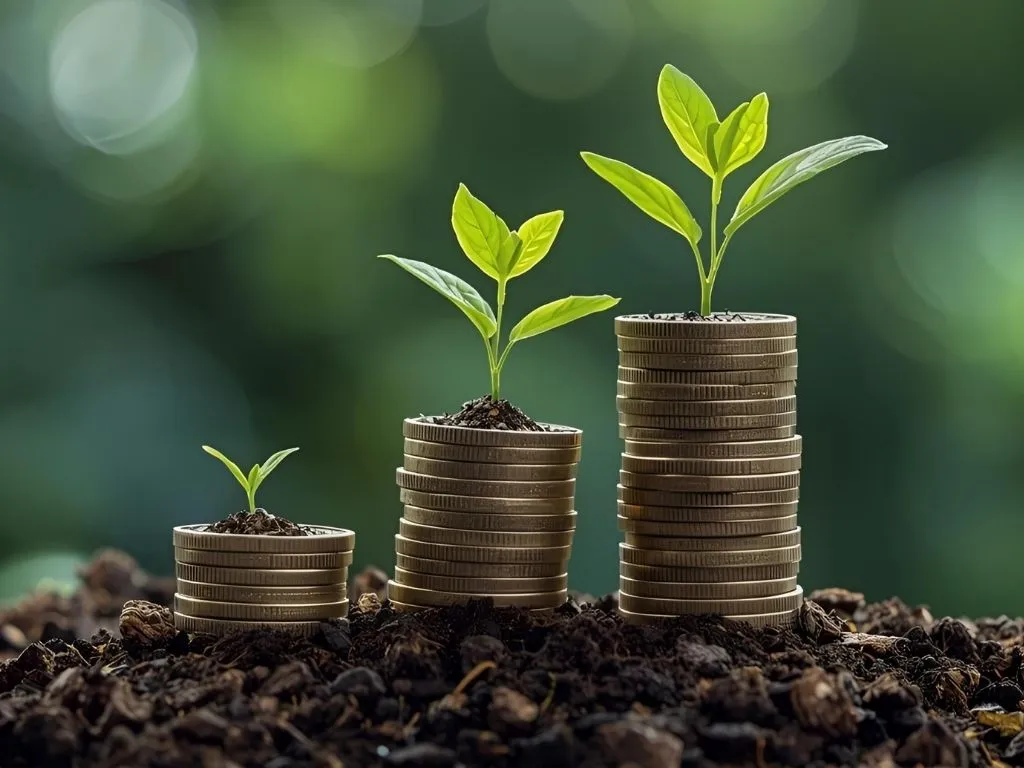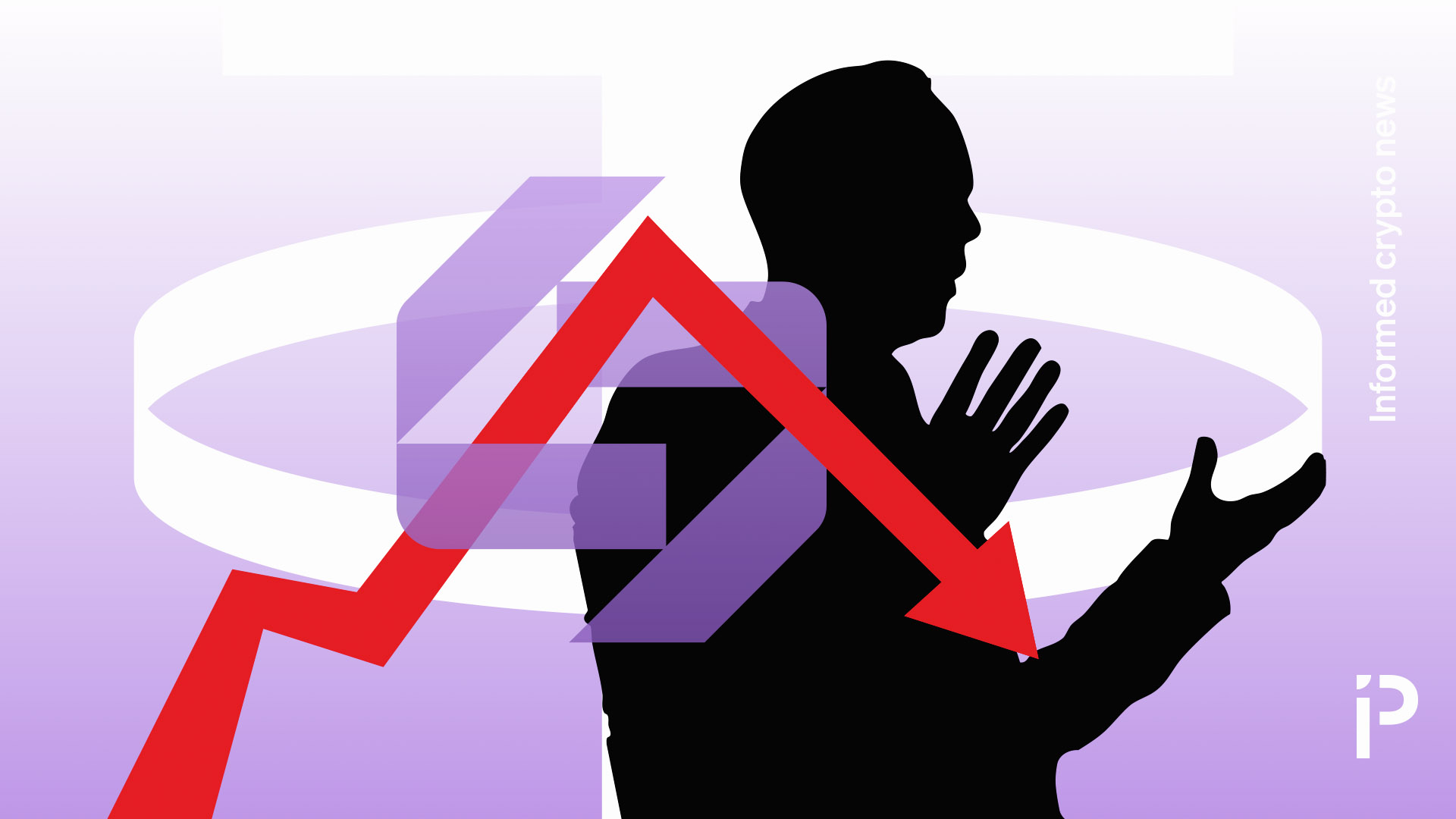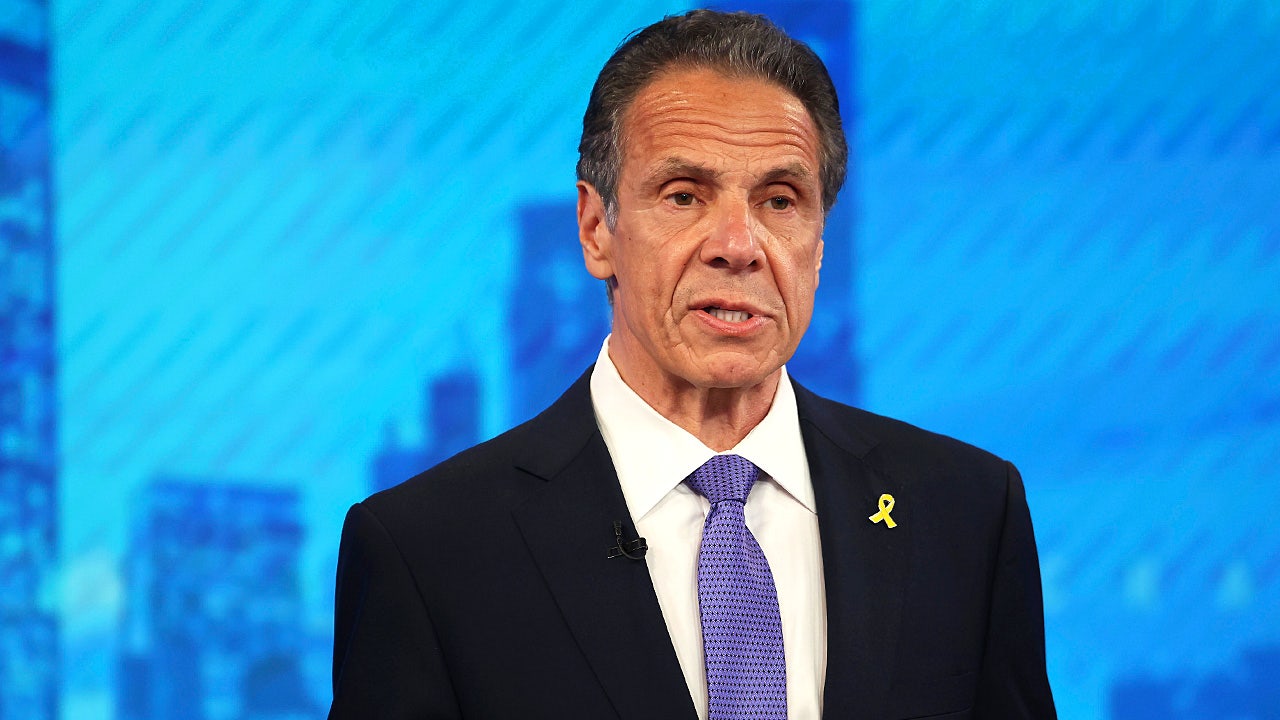Copyright observer

Rising interest rates, investor scrutiny and automation maturity are reshaping what “sustainable growth” really means for businesses. The phrase “sustainable growth” has long been a boardroom favorite—a comforting hybrid of ambition and prudence. But in the wake of the A.I. boom, that phrase has been redefined. The market’s fixation on efficiency, data-driven performance and investor expectations is reshaping not only how companies grow, but also what “sustainability” really means in practice. The tension now facing many CEOs and investors isn’t between growth and stagnation; it’s between sustainable value and scalable velocity. For those of us advising or building SME and mid-market firms, the shift is unmistakable: the very foundations of “responsible growth” have been rewritten by algorithmic capability, economic volatility and an impatient investment landscape. The end of “growth at all costs” For a decade, cheap capital and low interest rates created an investment climate in which rapid expansion was the default goal. Valuations rewarded momentum more than resilience. But the post-A.I.-boom economy has turned that logic inside out. Interest rates remain elevated, and private equity funds—once content to back high-burn, high-growth stories—are now applying forensic scrutiny to profitability, automation readiness and recurring revenues. In the U.K., we’ve seen this clearly across consumer tech, logistics and retail: even companies posting 30 percent annual growth are now finding investors asking tougher questions about margin sustainability, data utilization and labor dependency. Paradoxically, A.I. has fueled both optimism and caution. On the one hand, automation has unlocked extraordinary potential to scale efficiently; on the other, it’s exposed how fragile many operating models really are. Sustainable growth, in 2025, isn’t about how fast you grow but how adaptable your systems and people are when growth plateaus. Investors want efficiency, not just expansion In my work with U.K. business owners preparing for investment or exit, a consistent trend has become clear: buyers now want to see “proof of future profitability,” not just a promise. This aligns with the new valuation mindset. That value is increasingly driven by ten key factors—not least recurring revenues, scale potential and low reliance on key individuals. Those same metrics have become the investor’s litmus test for post-A.I. resilience. Private equity firms are now benchmarking every portfolio company’s “automation quotient,” essentially, the degree to which A.I. and data analytics are integrated into daily operations. This isn’t futuristic thinking; it’s risk management. A business that can reduce costs, forecast demand and protect margins through automation will attract a premium multiple. One that can’t risk obsolescence. A clear example is the U.K.’s manufacturing sector. Midlands-based engineering firms that invested early in predictive maintenance and A.I.-driven production planning have weathered inflationary pressures far better than competitors reliant on manual oversight. Investors see that resilience as a proxy for sustainable growth—not a cost-saving gimmick, but a structural advantage. The rise of “responsible profitability” The A.I. boom has also revived an uncomfortable truth: sustainable growth is as much about governance and people as it is about productivity. Investors increasingly expect boards to demonstrate ethical deployment of automation both to manage reputational risk and to ensure long-term performance stability. U.K. mid-market firms in professional services, logistics and retail are facing tough conversations with investors around headcount reductions, reskilling and cultural change. The new expectation is that businesses achieve responsible profitability, meaning margin growth that doesn’t come at the expense of brand integrity or talent retention. We’ve seen this play out starkly in retail. When The Cotswold Company and other heritage brands attracted private equity interest earlier this year, analysts noted that the most attractive feature wasn’t necessarily their online growth, but their operational sustainability: a loyal customer base, a resilient supply chain and an ethical brand story that complements A.I.-enabled efficiency. For investors, the holy grail is a business that pairs digital leverage with human authenticity—one that uses data to enhance, not replace, the qualities that underpin customer trust. The new investor tension: speed vs. stewardship If the 2010s rewarded visionaries who could “move fast and break things,” the 2020s are rewarding leaders who can move fast and fix things. From fintech to manufacturing, the British SME landscape is now navigating a threefold tension: Speed: Investors still demand growth trajectories that justify their capital deployment. Stewardship: Regulators and consumers expect transparency, fairness and purpose. Scalability: Boards must prove that operational infrastructure can scale without destabilising culture or cash flow. Balancing these forces requires new leadership capabilities. The most successful CEOs are those who’ve evolved from operators to orchestrators, blending commercial aggression with strategic patience. They know that a 20 percent growth rate, achieved with data-driven efficiency and 15 percent EBIT margins, is worth more than 50 percent growth that burns through cash and goodwill. The pandemic tested leadership resilience; A.I. is now testing strategic maturity. “Sustainability” as a multi-dimensional metric Another major shift is how sustainability itself is measured. Once shorthand for environmental and social responsibility, the term now encompasses technological, financial and organisational durability. Investors are interrogating three forms of sustainability: Economic: Does the business have the cash discipline and margin structure to endure volatility? Operational: Are processes digitized, data-informed and resilient to labor or supply shocks? Cultural: Can the organization retain its people, purpose and creativity while scaling automation? These factors increasingly drive valuation multiples. In a recent mid-market sale, a facilities management company with 90 percent contracted recurring revenue sold for nearly 40 percent more than its closest competitor—not because it was larger, but because its systems and leadership team were demonstrably “future-proofed.” A.I. hasn’t replaced good governance; it’s made it non-negotiable. The evolving role of private equity Private equity firms are perhaps the best barometers of this changing mood. The post-A.I. environment has reoriented many funds away from aggressive roll-ups toward “smart scaling” strategies, investing in fewer, more robust businesses that already demonstrate automation maturity and low dependency risk. Whereas five years ago, private equity partners were asking, “How quickly can this business double?” They’re now asking, “How quickly can this business scale sustainably without breaking its systems or people?” In the tech-enabled services sector, for instance, many acquirers are now conducting cultural due diligence alongside financial analysis, interviewing management teams to assess adaptability and A.I.-readiness. In short, investors are betting on leadership as much as leverage. Lessons for business leaders For CEOs and founders, these evolving expectations carry a clear message: build for optionality, not dependency. The businesses commanding the highest valuations are those that: Generate predictable, recurring revenue streams. Have automated intelligently without eroding human value. Can demonstrate governance, compliance and cultural continuity. Possess a credible scale-up plan rooted in data, not ambition alone. Value creation and value protection must go hand in hand. The A.I. revolution has only made that duality more urgent. For every business chasing A.I. transformation, there’s another quietly optimizing its processes, stabilising its cash flow and investing in leadership depth—and it’s often the latter that investors reward. The future of “sustainable growth” So, where does this leave us? Post-A.I., sustainable growth no longer means “steady growth.” It means scalable resilience. It’s the ability to absorb disruption, adapt business models in real time and keep profitability intact under pressure. In 2025 and beyond, the best-performing companies will be those that treat sustainability not as a corporate social responsibility initiative but as a strategic operating system, embedding resilience in finance, technology and culture alike. The old growth mantra—“faster is better”—has been replaced by a new one: “smarter is safer.” For business leaders, the challenge is no longer to convince investors that growth is possible. It’s to prove that it can endure.



